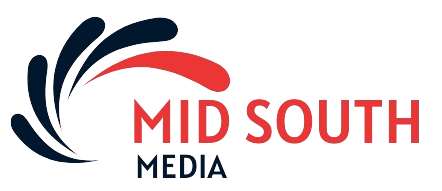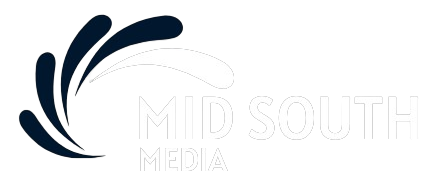
Na Humma has a unique perspective when discussing his Native American heritage. While growing up, he lived in both the highly-populated Los Angeles area which has a wide diversity of citizens, as well as on a reservation in rural southern Arizona, where he was immersed in his Native American culture.
“I was born in California. My parents were living out there in Los Angeles. I lived there the first half of my childhood. In the late 1990’s, we moved back to Arizona at my dad’s reservation. I am Tohono O’odham, out of Southern Arizona and New Mexico. On my mom’s side is Band Choctaw and Lindsey Clan Scottish. My father’s reservation is between Tucson and Ajo and extends into Mexico. I lived there until I graduated from high school,” he said.
When his family made the move to Arizona, Na Humma experienced what he calls a “wild shock.”
“It was wildly different, complete culture shock. I grew up in the suburbs of Los Angeles until I was about 12, then moved out to the res. My village had a little less than 500 people in it, which was all that there was for miles around. The closest village was 10 miles down the road, with another 150 people. It was 45 minutes one-way to get groceries or gas. Going to school was an ordeal, 45 minutes each way. Middle school was a solid half-hour ride each way.”
Na Humma was destined to be involved in wrestling thanks to his father, Rupert Lopez. who was a competitive athlete and a wrestling coach for much of his life. It all started for Na Humma when he was very teenage in California.
“The fun part was that my dad was still actively competing when I was growing up. He was training for the North American Indigenous Games when they first came around in 1990. I was four years old and he would take me along. He trained in freestyle at Cal-State Fullerton, UCLA and Cal-State Bakerfield in their wrestling rooms. My best memories were that my father would be doing something, and the college guys would have the best time throwing me around on the crash pad. I got a great experience right off the bat,” he said.
His access to wrestling was much more challenging when the family moved to the reservation in Arizona. Yet his father created the opportunity, not only for his son and but also for many others on the reservation. As Na Humma remembers, “there was no wrestling at all.”
His father had to get artistic to provide the support for the teenage wrestlers that many may take for granted.
“We trained in a lot of unique and interesting areas. He got a second-hand mat from Phoenix Indian School, where he went to high school. It was an old foam mats in the square sections and the tie-offs in the corners. It had the old FILA-style canvas cover. That is where we learned to wrestle,” he said.
“Our first practice area was an abandoned building in our village. There was nothing big enough that they would let us use. It was me and a bunch of my cousins the first time around, maybe eight of us who learned to wrestle. He’d take us to tournaments. We would all pile in the back of the pickup, drive two hours to Phoenix, or two hours to Tucson for some tournaments. He kept that going until he retired a couple of years ago. He ran a high school program there also.”
Outside of a lack of opportunity, Na Humma became aware of many other barriers to Native Americans in wrestling. Location was a barrier because they were very isolated, often hours away from sports competition and other activities. Finances were also an issue for many on the reservation, who struggled at times to find jobs that would allow them to support their family. Many people he knew had to commute up to two hours to get to their job. His reservation on the American side has about the same square mileage as Connecticut.
His father’s love for wrestling and its impact on his life inspired him to share the sport with his family and others.
“My dad said multiple times that wrestling saved his life. He had a tough upbringing. He ran cross country and was a wrestler. He didn’t get into wrestling until high school. He went to a boarding school in Phoenix, 200 miles away from a place he never left before. He was ripped away from home for the first time. It was a big struggle there. His cousins got him into wrestling. Something about wrestling pulled him in. It gave him camaraderie and gave him a way to get out frustrations in a safe way. That is what drove him through high school and college,” he remembers.
Not only did his father support his wrestling career, but also helped him find his cultural identity.
“I am extremely proud of all of my heritages. My parents were integral in making sure I knew about who I was and what I came from. My dad grew up on a reservation and went to an Indian boarding school. He made sure to me early on that Tohono O’odham culture was introduced to me early on and on a regular basis,” he said.
“When I moved to the reservation, being surrounded by it every day was definitely different. It was interesting to be surrounded by people who knew what they were talking about. I could use the language on a regular basis. It was fun to be ingrained with it.”

